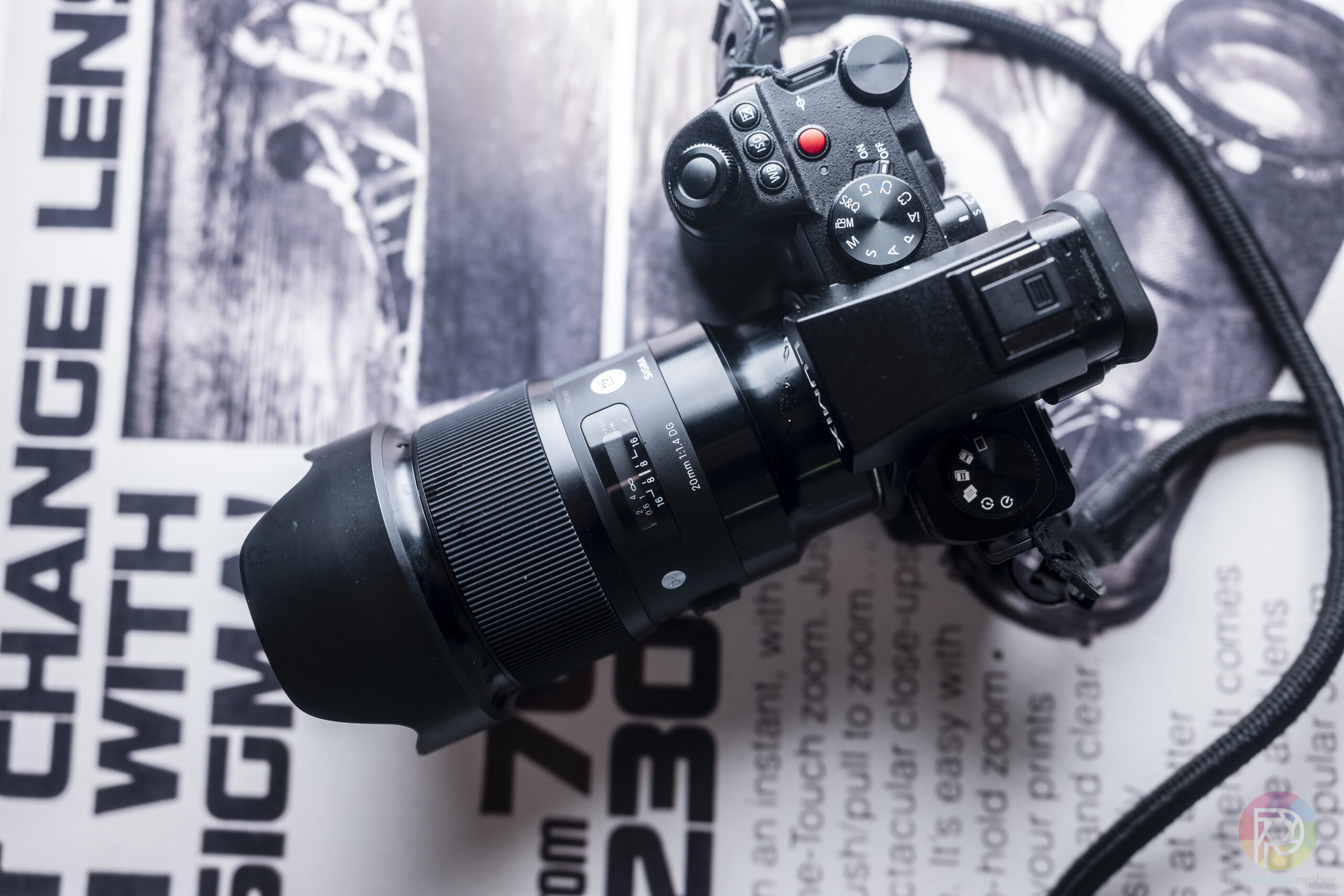“That looks like a 70-200mm,” said Reviews Editor Hillary Grigonis when I showed her, Feroz, and Lara how large the Sigma 20mm f1.4 DG DN Art lens was. Her feelings were further validated by the rest of our staff and one of my good buddies who came to my office and saw the lens personally. I haven’t touched a Sigma lens review in a while, as we were previously accused of a bias from the company. But with time passing, I still stand by the statements I made long ago. Sigma makes some huge glass and nonsensical decisions coupled with marketing from YouTubers. Make no mistake, the Sigma 20mm f1.4 DG DN Art lens renders some beautiful images. But I’d never want to bring this lens around with me. And how can it render great images if I never want to bring it with me?
The Phoblographer may receive affiliate commissions through purchases made using our links.
The Big Picture
There’s much to like about the Sigma 20mm f1.4 DG DN Art. It focuses closely, and this is where subjects pop against the beautiful bokeh. The only situation I’d ever really see myself needing to do that, though is with food photography. Most of the time, otherwise, you’ll want to shoot cityscapes, landscapes, astrophotography, and more. If you’re mating this lens to the Panasonic S5 II or Panasonic S5 with Live Composite set, you immediately see a unique benefit. Together, this combo is simply the best setup for astrophotography — and far better than stitching the photos together in Photoshop afterward. It’s also very weather-resistant, sharp, and affordable.
But there are a fair number of drawbacks. Sigma has often said they must make compromises to keep the price point down. It’s an odd statement considering that the industry has trusted them for over a decade to make good optics. Raising their prices to meet Sony, Canon, and Nikon is much more sensical now. And if that’s the case, they could eliminate the compromises they speak to. For example, Sony has proven that they can create similar lenses and make them a lighter weight and smaller size. So why can’t Sigma?
Further, while Sigma’s autofocus has improved, it is still as quick as a sloth that’s just smoked marijuana. It’s also as large as a rhino with the weight of an elephant. This isn’t a lens you’d want to bring everywhere because it’s so massive. What’s more, you can’t use a lens filter with it. I genuinely wish upon a star that Sigma had made a special attachment lens hood the way Nikon did with their 14-24mm f2.8.
The Sigma 20mm f1.4 DG DN Art receives three out of five stars. Want one? Check it out on Amazon.
Pros
- Nice bokeh for what it is
- Full weather resistance
- Very sharp
- Can focus amazingly close
Cons
- Why does it need to be this big?
- Can’t use a lens filter with it
- Autofocus still isn’t what I’d expect it to be on the L mount
- Heavy
- Huge
- Too much flare suppression
Gear Used
We borrowed the Sigma 20mm f1.4 DG DN Art lens from Lensrentals. We tested it with a long-term loaner unit of the Panasonic S5 II. Our primary durability and autofocus tests were done with the Leica SL2s–which we purchased years ago.
Innovations
The Sigma 20mm f1.4 DG DN Art is the first of its kind in some ways. It’s slightly faster than the Sony 20mm f1.8 G lens. But it’s also much larger and heavier. Sigma made this lens back when they catered to DSLRs moreso than mirrorless. For the L Mount, it’s got no real competition if you’re shooting wide open. But if you’re stopping down, we see little benefit of shooting with this lens compared to the Panasonic 20-60mm instead. This is where it truly is much more innovative.
Ergonomics
The Sigma 20mm f1.4 DG DN Art is a giant lens with many signature features of a Sigma lens in the art lineup. The exterior is made of thermal composite, and it’s dominated by a massive focusing ring on the outside.
On the left, you’ll spot a focusing switch: the only other control on the lens. I genuinely wish that it had an aperture ring as well.
The Sigma 20mm f1.4 DG DN Art has a permanently attached lens hood. This means that you also can’t put lens filters in it. In fact, there isn’t even an option for a rear lens filter at all.
And yes, it’s got a big, bulbous front element.
Build Quality
This is an art lens, so it’s fully weather resistant instead of putting it only at the mount like Sigma does with the Contemporary lenses. It’s also enormous. It’s essentially around the size of a Canon 100-400mm lens but much heavier. It’s also larger and heavier than Leica’s 28mm f2 Apochromatic lens. What’s crazier here is that the exterior isn’t even made of metal. It’s the elements inside the lens that make it so heavy.

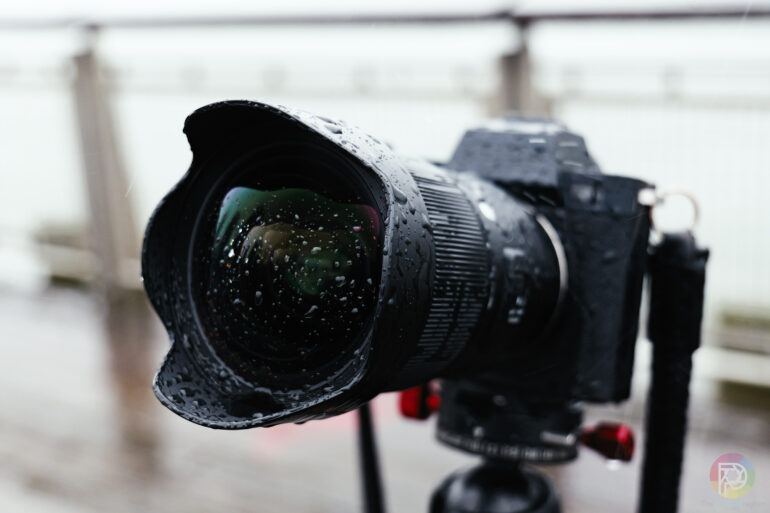
In fact, I think that the product images here are a testament to how good the weather resistance is.
With all that said, it feels alright in the hand. But carrying it around for a few hours on a photowalk really can make you notice how heavy this lens is. Even with a thick, padded camera strap, it can weigh you down like a messenger bag can weigh you down and make your side hurt when it’s too heavy.
While reviewing this lens, I found it so large when attached to my Leica SL2s that I often had to change camera bags. When connected to the camera and with the lens cap on, it doesn’t fit into most camera bags without reconfiguring the entire thing just to accommodate the lens.
Like most Sigma Art lenses, I wouldn’t want to bring this everywhere. It’s instead a lens that only comes out when I want to do serious work. That, overall, doesn’t bring me a whole lot of joy.
I own Sony cameras, and this would be worse if I were shooting on Sony. Why always have this giant lens on you with a camera designed to be smaller?
Moreover, I should’ve shot more photos with this lens. But what’s the point when I never want to bring it around?
Ease of Use
The Sigma 20mm f1.4 DG DN Art is a simple lens to use. Pop it onto your camera, point, focus, and shoot. Then you’ll enjoy the photos. The best thing about it is the return of the functional depth of field scale. Though small, it’s pretty effective if you want to do something crazy like random street photography. This also obviously makes it excellent for landscapes, cityscapes, and astrophotography.
While I’ll admit that it’s simple to use, there’s a lot I’m missing with this lens. An aperture ring would’ve been a very welcome addition, along with a lighter weight. Indeed, what’s the point of the lens being simple to use if you never want to carry it with you anywhere.
Focusing
Here’s where things get fascinating. With the exposure preview mode off, the Sigma 20mm f1.4 DG DN Art is faster to focus on the Leica SL2s than on the Panasonic S5 II. But it’s still slower than other lenses I’ve owned and used. However, you’d have to be trained to notice the differences.
In the grand scheme of things, Sigma’s lenses are slower than Leica’s and Panasonic’s. It’s not fast enough for street photography if you’re shooting wide open. But I doubt many folks would do that. If you’re shooting landscapes, cityscapes, architecture, and astrophotography with this lens, I think it will work out just fine.
Image Quality

Sigma’s most prominent thing is always that they like to tout their image quality. Despite this, they don’t have a ton of lenses at the top of DXOMark’s reviews. However, the Sigma 20mm f1.4 DG DN Art is exactly what you would expect it to be. It’s had the soul long sucked out of it in favor of a scientifically clean rendering lens. The result is a clean slate in a day and age where more photographers want character.
Bokeh

Yes, you can get bokeh from this lens. And that’s thanks to the close focusing abilities and the f1.4 aperture. The bokeh, in fact, can look pretty beautiful and medium-format-like.
To Sigma’s credit, the bokeh is lovely, primarily when it focuses closely on a subject. The subject pops out at you, but not as much as it would with an Apochromatic lens.
Color Rendition

Sigma’s colors have always been saturated when shooting wide open. Part of this is because of the vignetting that the lenses exhibit. Most of us don’t really notice it, but it’s there and gone by around f2.8. This also means that the colors become more muted when the lens is stopped down.
Lens Character

Sadly, Sigma tries to be insanely clinical about its lenses. So you won’t get any character in the lens flare and all. In fact, they suppress lens flare way too much for our liking. That also means that they’ve mostly eliminated distortion. However, if you look closely or are specifically trained, you can tell it’s there.
In the photo above, the distortion is there, but it’s seen as mostly acceptable. The Leica SL2S, with the perspective correction feature enabled, thought that this wasn’t all that bad.
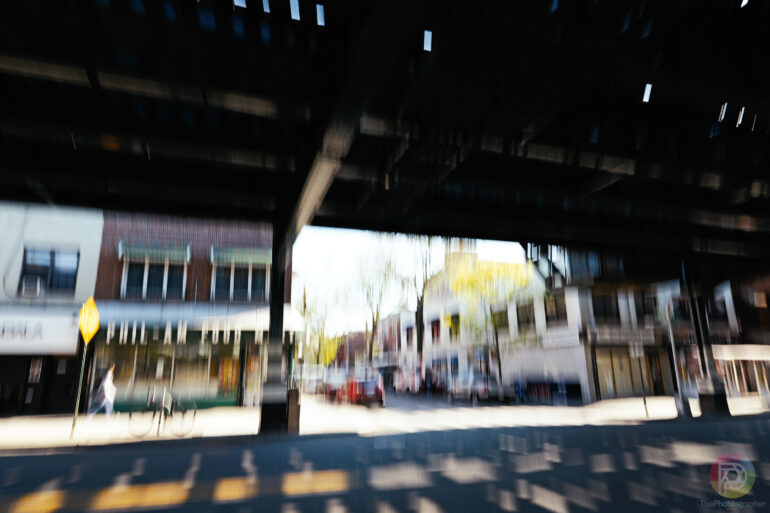
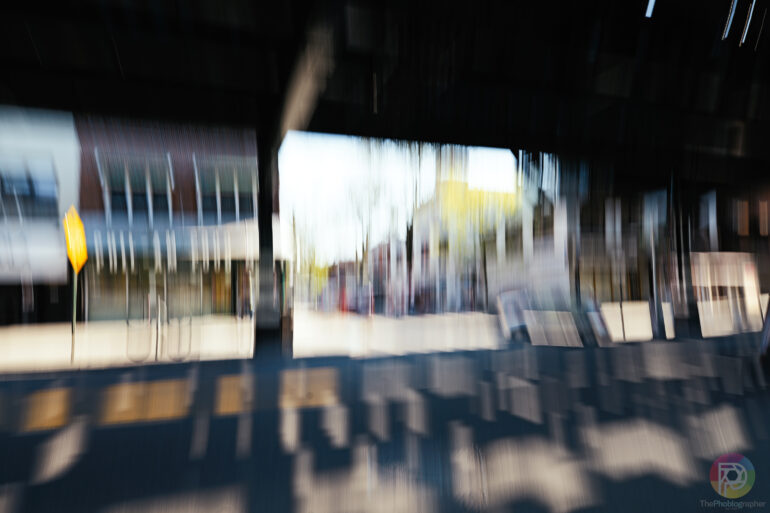
I’ve got a particular test for stuff like this, though. I tend to do in-camera paintings as a hobby. And I’ve noticed with wider angles that the distortion really comes out here. You can see where the distortion happens in the two images above.
Where Sigma should be commended, though, is with distortion control overall. It’s insanely well-controlled here. But this statement is much more vital if you’re shooting with L-mount and want a fast aperture lens. Our review of the Sony 20mm f1.8 G lens shows that the distortion is also well-controlled. And at a really affordable price point, there isn’t a truly exceptional reason to go for the Sigma lens.
To recap with the L-mount, Panasonic has the 20-60mm f3.5-5.6 Lumix S lens. Our review found it to also be very good at controlling issues around distortion. It’s not as sharp right out of the camera. But realistically, a photographer could do some work in post-production so that folks can’t tell the difference. If you aim to stay away from the computer, this is a tough choice. The Sigma lens started to hurt my sides after some time because of how heavy it was. And I’m not sure it’s worth the sharpness.
T
Sharpness
Man, this thing is sharp. If you’re shooting wide open, you’ll surely appreciate the sharpness. But it’s when you stop down and combine it with an image-stabilized camera that you really see how incredibly sharp this lens is. Obviously, I wouldn’t use it for portraiture or anything like that.
At the same time, if I stopped this down and used it next to the Panasonic 20-50mm lens, I wouldn’t care if I were to develop the photos in Capture One later on anyway. No matter what, I’d probably make post-production adjustments to the clarity and sharpness.
Extra Image Samples
From day one, The Phoblographer has been huge on transparency with our audience. Nothing from this review is sponsored. Further, lots of folks will post reviews and show lots of editing in the photos. The problem then becomes that anyone and everyone can do the same thing. They’re not showing what the lens can do. So we have a section in our Extra Image Samples area to show edited and unedited photos. From this, you can make a decision for yourself.
Unedited
Many of these images were shot as JPEGs using the Panasonic S5 II’s real-time lut feature.

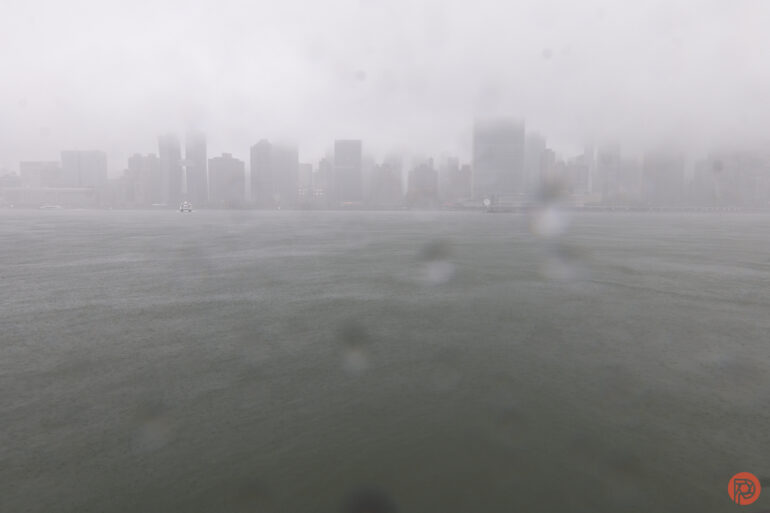
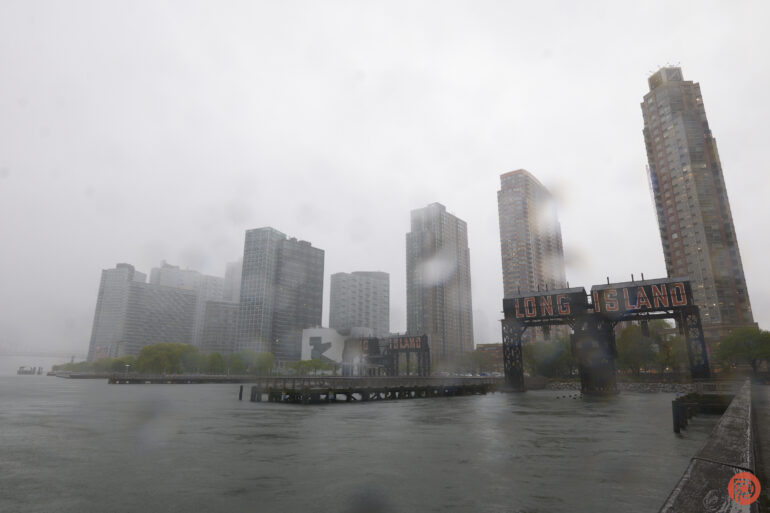
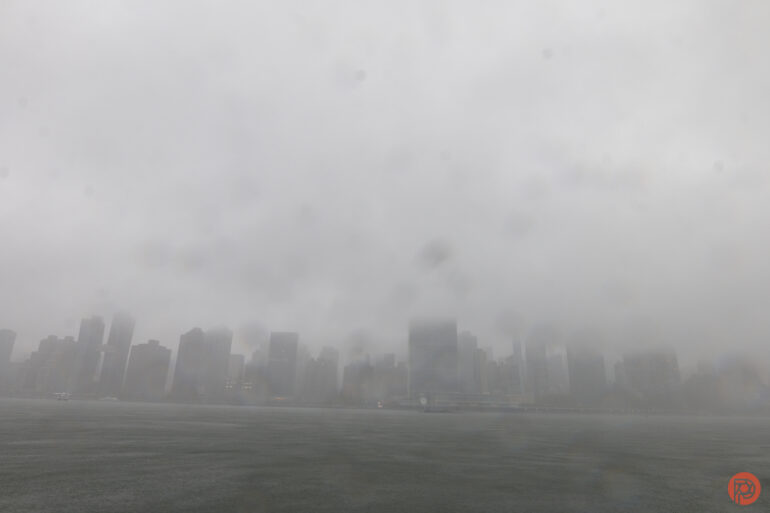


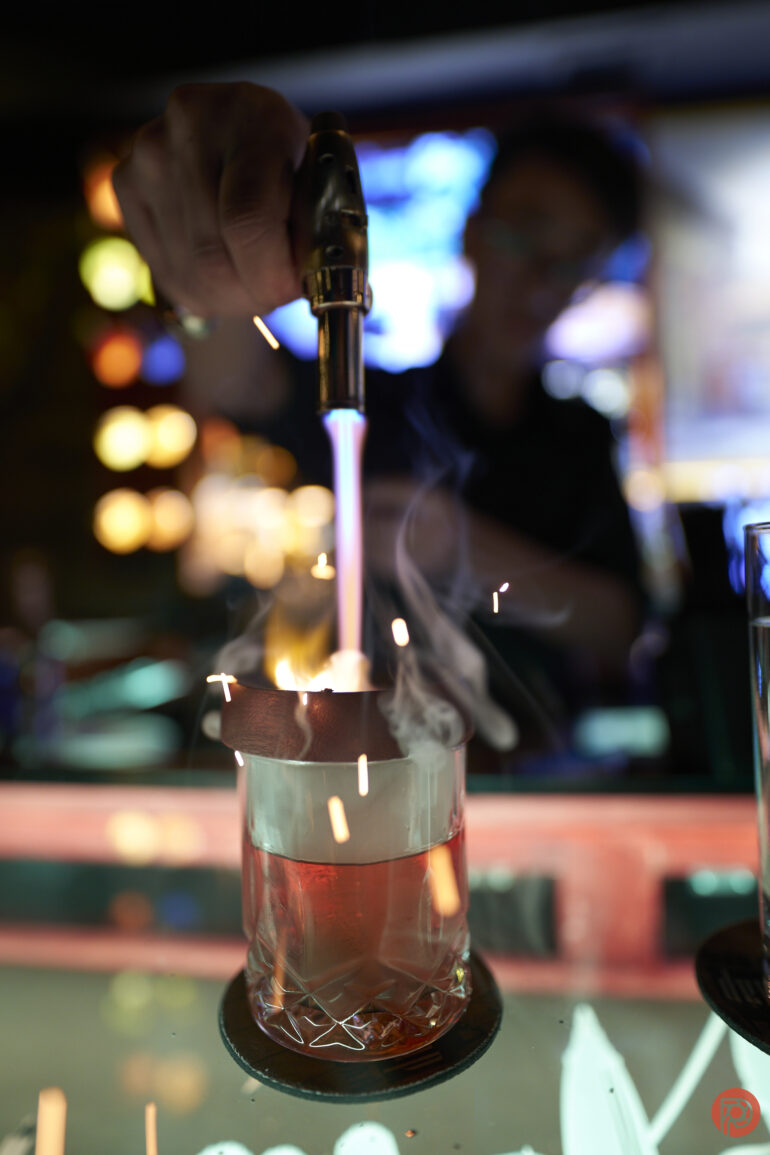
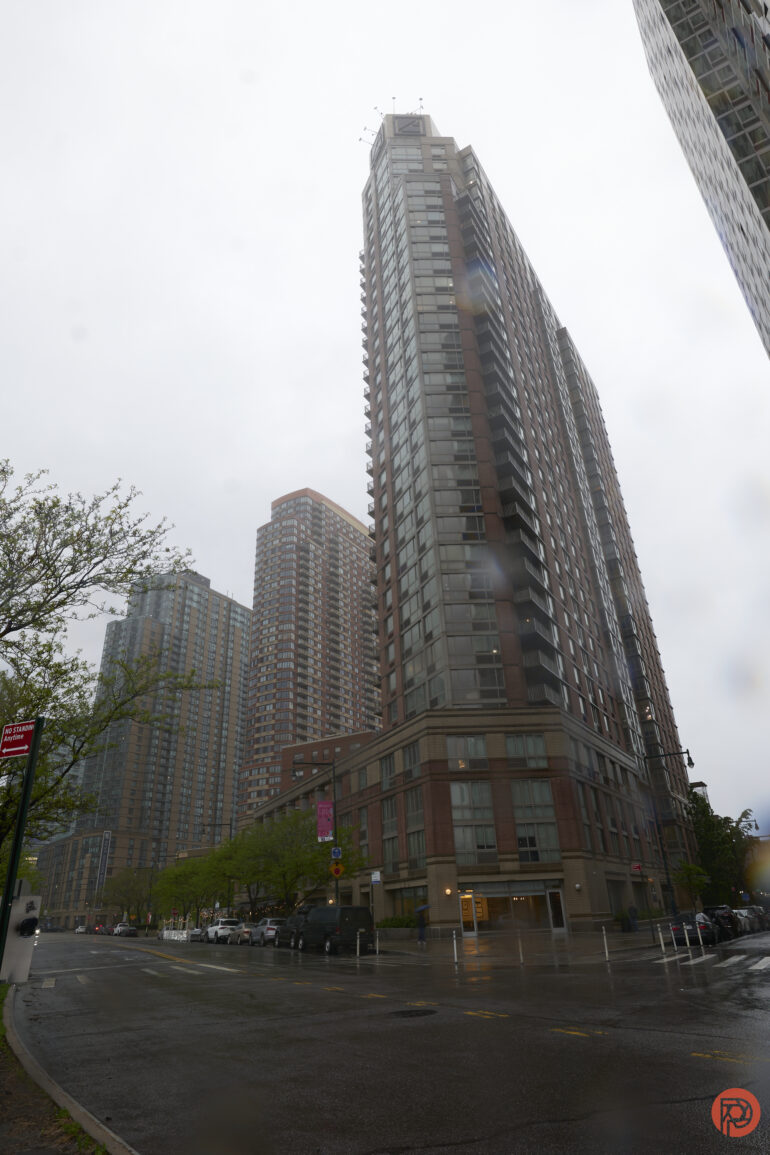










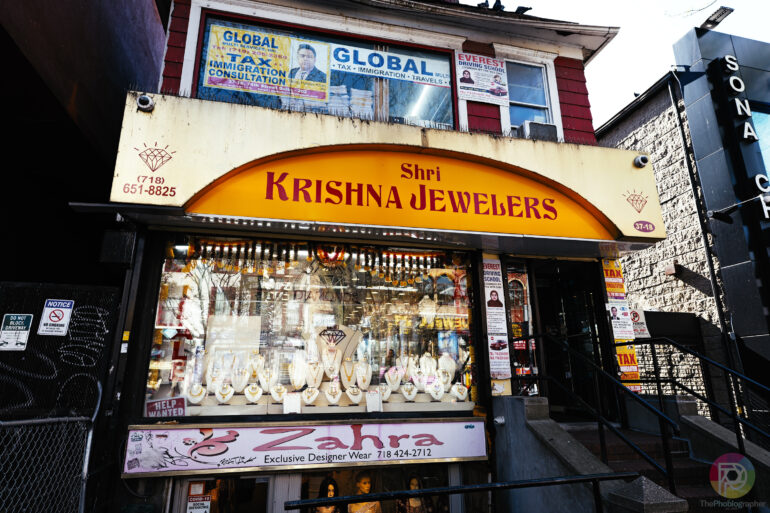




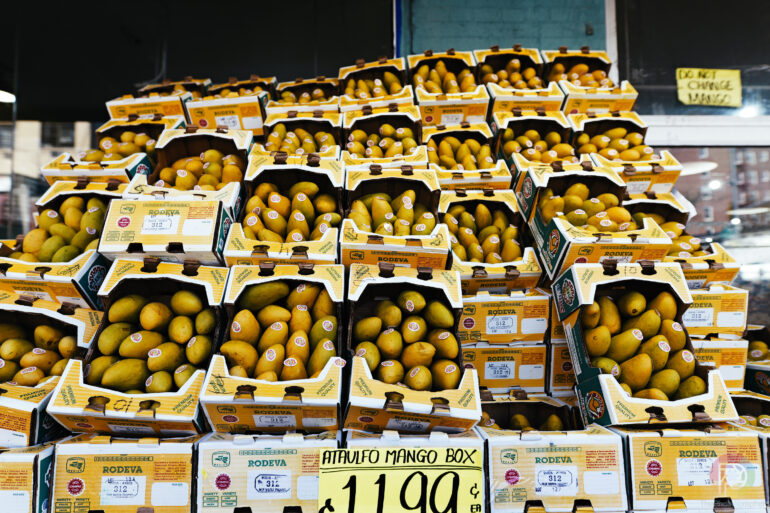

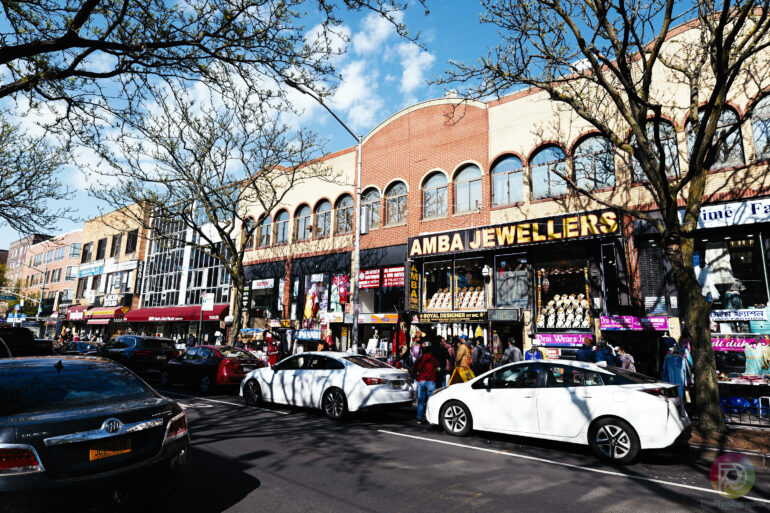




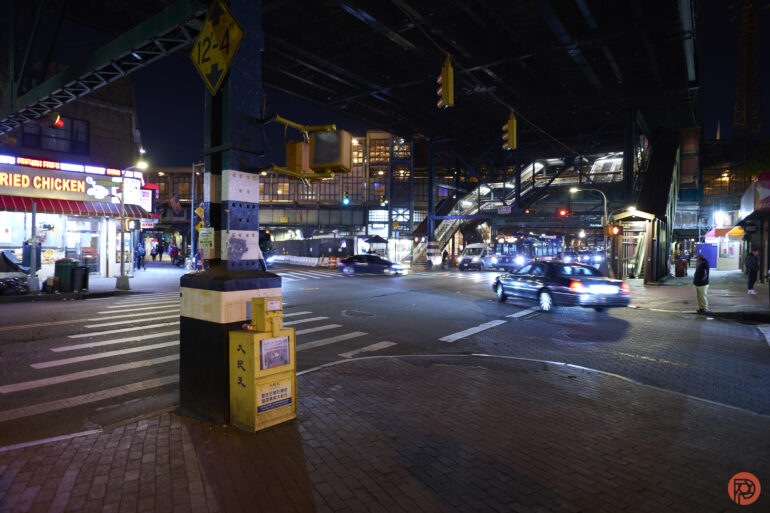





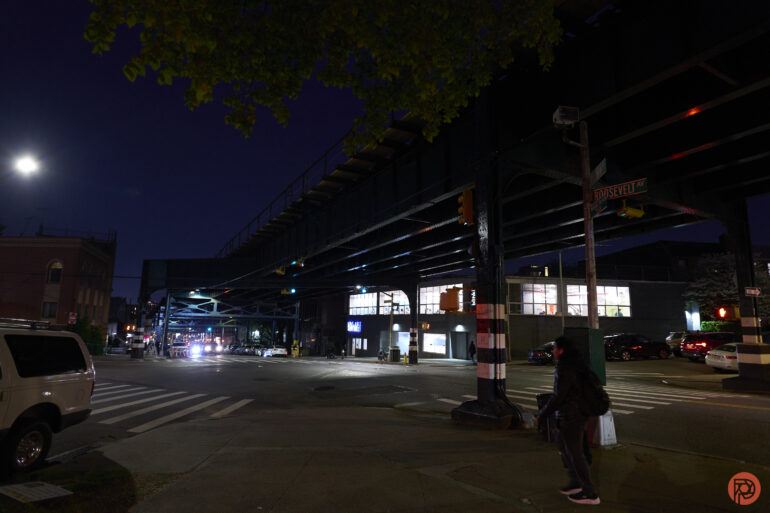





Edited










Who is the Sigma 20mm f1.4 DG DN Art For?
So who should buy this lens? If you’re a Sony shooter, you’d be much better served with the Sony 20mm f1.8 G lens instead. That’s because the autofocus is undoubtedly faster, the build quality will be just as weather resistant, and the performance is bound to be similar. But if you’re an L-mount shooter, I’d only really get this lens if you’re into astrophotography. That’s it.
Tech Specs
Specs are taken from the Lensrentals listing.
| Angle of View | 94.5° |
| Autofocus | Autofocus |
| Brand | Sigma |
| Compatibility | Full Frame |
| Filter Size | 82.0mm |
| Focal Length | 20.0-20.0 |
| Hood Included | Yes |
| Image Stabilization | No |
| Item Type | Lens |
| Lens Type | Wide Angle and Wide Angle |
| Macro Reproduction Ratio | 1:6.1 |
| Max Aperture | 1.4 |
| Maximum Magnification | 0.16x |
| Mfr. Model Number | 414969 |
| Minimum Aperture | 16.0 |
| Minimum Focusing Distance | 0.8feet |
| Mount | L Mount |
| Optical Design | Groups/Elements15/1731211, RoundedAspherical ElementsConcave Double-Sided Aspherical ElementsSpecial Low-Dispersion ElementsAperture Blades |
| Physical | Dimensions (ø x L)3.5 × 4.4″1.4 lbs.Weight |


